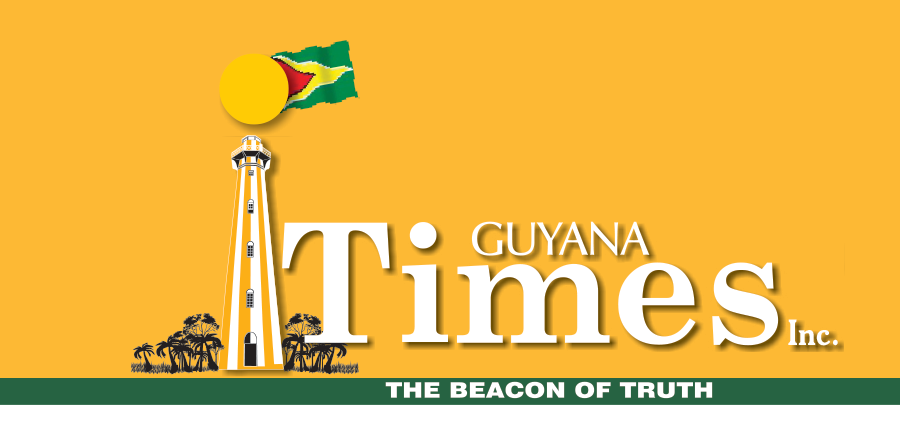The gruesome murder of a young block-maker by his employer was bad enough, but to subsequently dismember and burn the youth to ashes displayed a level of callousness and indifference to a common humanity that should shock the conscience of this nation. But only a few days before, two God-fearing, very elderly women were killed by four young persons who had burglarised their home.
Since the women were already bound and gagged, the youths would have strangled them either to prevent identification or from pure psychopathic urges. It would not be hyperbolic to point out that hardly a week goes by when these acts of gratuitous violence are not perpetuated by Guyanese on other Guyanese. And the murders are only one end of a spectrum of violence that begins from the quotidian child beatings, through armed robberies, rape, and domestic violence of terrifying horror. If “man to man is a wolf”, then Guyana is being overrun by wolves.
What is at the root of these depravities? As with all human behaviour, there is no one clear-cut answer but if the phenomenon is so pervasive it would indicate that the causes are structural, rather than individual. And that the structural reasons go beyond the ethnic labels we assign to ourselves since the perpetrators of the horrors span the ethnic and racial divides. Violence, evidently, is the one type of behaviour that encompasses us all Guyanese.
And maybe we can do worse; to begin with, this fact as we start to address this sickness. Guyana, we have to admit, was spawned in violence when it was colonised by Europeans who insisted that the Indigenous peoples were not “civilised” and therefore found it was justified not only to seize their lands, but to exterminate them if necessary.
The symbolic violence inflicted on our first peoples by pronouncing definitively they had no culture or made no contribution to human knowledge, has become structurally entrenched in all operations of our state, society and individual psyches. The violence was broadened and deepened when Africans were brought as slaves and defined as “chattel” – property on which violence could be inflicted as an on the draught animals on the plantations. How do we expect this infliction of violence not to have an effect on the slaves and their descendants? Fanon might have proposed the violence damaged the psyches of the coloniser and the colonised, but the former have moved out leaving the latter to, at best, free themselves with “the tools of the master”.
The indentured that were brought to replace the ex-slaves, who refused to go along with the pretences of “free labour”, were interpellated in a Foucauldian regime of “discipline and punishment”, which turned the violent control mechanisms inwards and outwards. The point of this historical exercise is our present day violent expressions is part and parcel of inherited, all-encompassing structures that envelop us all. Take the Police Force that is supposed to “Serve and Protect” and has been conferred with the State’s ultimate sanction to take the lives of citizens is pursuit of this goal. But this Force, as its name declares, was born, nurtured and is still sustained by an institutional culture of “force”. Many of whom who see the public as targets for graft and violence.
We can look at all the institutions in Guyana – public and private and if a handful of them have reformed their authoritarian culture that would be surprising. Starting with the immanent colonial authoritarian state augmented by the PNC under Burnham, this can be taken to absurd levels such as having a “Human Rights Association” whose eponymous name is supposed to define its functions. How many citizens have actually seen or even know the names of the members of this organisation? Citizens are treated as objects and given no agency in articulating which of their rights are actually being violated. What do they know?
Can we be surprised citizens are increasingly violent?
Discover more from Guyana Times
Subscribe to get the latest posts sent to your email.











